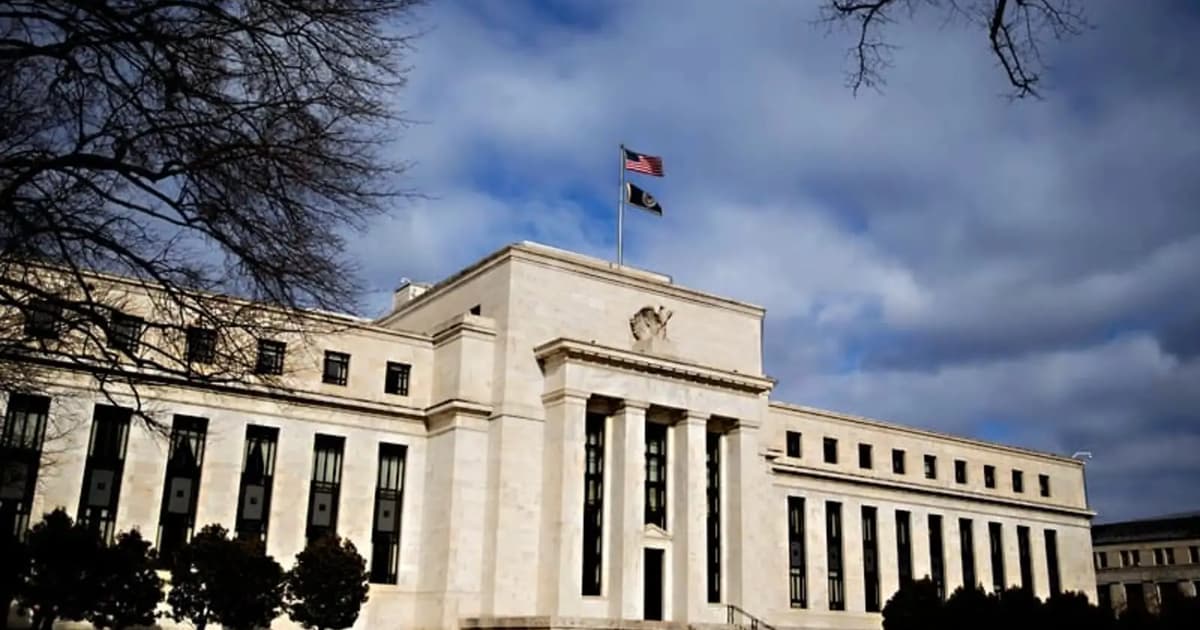
The US Federal Reserve lowered interest rates for the first time this year, flagging slower job gains and risks to employment as policymakers face heightened pressure under President Donald Trump.
The Fed on Wednesday cut the benchmark lending rate by 25 basis points, to a range between 4.0 percent and 4.25 percent, while penciling in two more potential cuts this year.
Fed Chair Jerome Powell stressed that the central bank remains “strongly committed” to maintaining its independence from politics, when asked about the addition of a key advisor to Trump among its ranks this week.
He added that the Fed was “right to wait and see how tariffs and inflation and the labor market evolved” before lowering rates for the first time in nine months.
Only new Fed Governor Stephen Miran — who has been serving in the Trump administration — voted against the decision. He favored a larger rate reduction of 50 basis points.
The other 11 voting members of the rate-setting Federal Open Market Committee (FOMC) supported the quarter-point cut.
This was the first rate meeting involving Miran, who had been chairing the White House Council of Economic Advisers. He was sworn in just before the two-day gathering started on Tuesday, after a swift Senate confirmation on Monday night.
The Fed faces competing pressures in adjusting rates, with Trump’s sweeping tariffs fueling inflation risks while the job market weakens.
The Fed typically holds rates at higher levels to rein in inflation, but could slash rates to support the labor market too.
On Wednesday, the Fed lifted its 2025 growth forecast to 1.6 percent from June’s 1.4 percent projection, while making no change to unemployment and inflation forecasts.
Trump has intensified pressure on the Fed this year, calling repeatedly for major rate cuts and criticizing Powell.
Besides appointing Miran when another official retired early, Trump moved in August to fire Fed Governor Lisa Cook, sparking a legal fight that could have prevented her from attending the gathering.
Miran has come under fire from Democratic lawmakers for taking a leave of absence rather than resigning from his White House role, a decision he attributed to the short tenure he fills, which ends January 31.
Economists had expected more division among the FOMC as policymakers walk a tightrope balancing inflation and labor market risks.
This time, employment concerns won out, even as inflation remains above 2.0 percent.
The Fed said in a statement announcing the rate cut that “downside risks to employment have risen,” even as inflation has “moved up and remains somewhat elevated.”
It noted that job gains have slowed while the unemployment rate inched up — even as it “remains low.”
The Fed made its last rate cut in December and held rates steady until now, as it monitored the effects of Trump’s tariffs on inflation.
Powell said the passthrough of tariffs to consumers has been slower and smaller than expected.






